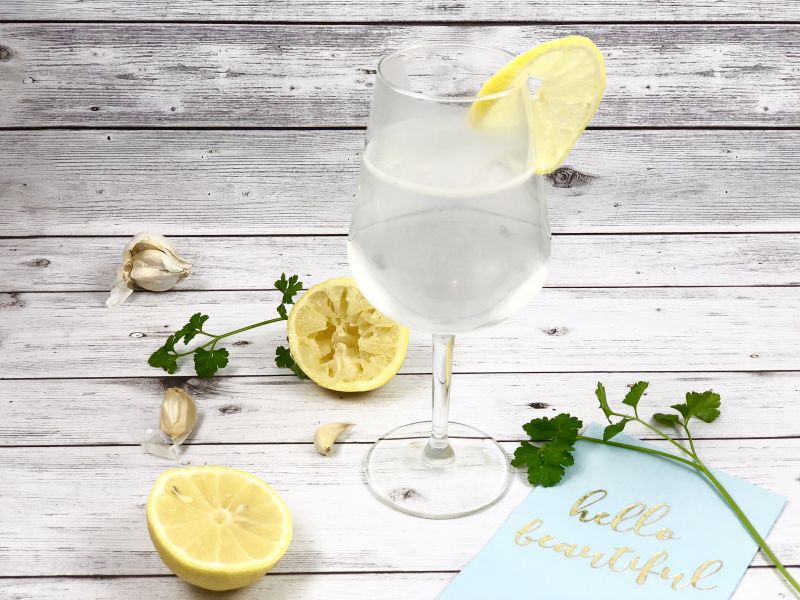Detox or not to detox
Our body is amazing! It’s built in a way, that it can deal with millions of tasks all at once. The everyday people know, that they can breathe, eat, digest, move, sleep, think, make babies … but they have no clue how all that is achieved. It’s like a car. Most of us know that the steering wheel can turn to the left and the right, making the car move to that direction, or we know how to speed it up or slow it down, but most of us don’t have a clue about how it really works in the background. How many tiny or not so tiny things are needed to make the cars work as intended.
But if we don’t provide the right maintenance, the right fuel, the right oil, spare parts, then we can face some issues.
Our body is similar. If we don’t give the right maintenance and fuels, then it won’t work smoothly.
Do you know what the body needs to perform detoxification efficiently? Can the body efficiently detoxify itself? Can it struggle to do so? What influences our detox ability? Is the efficiency the same for everybody? Do you know which organs are responsible for detox? Is it necessary to do detox periods? How should I support detox? Is dietary detox sufficient?
Lets start with the organs, that are responsible for detoxing the whole body. The following organs work together to keep us healthy:
- Liver
- Kidneys
- Gut
- Lungs
- Skin
- Lymphatic system
- +1 Mind
How do they work and what they need to perform well?
Liver
All the blood goes through the liver again and again and again. It’s a continuous cycle with no end, as long as we’re alive. At this time, I try to compare the liver to a waste management plant, where they process trash. At this plant, there are workers and machines, that filter through the trash. Some things get to the pile, where the unnecessary things end up and get shredded and burnt, some things are recycled and used again.
The workers and machines are the nutrients, that our liver needs to perform its tasks. The shredded and burnt things are the ones, that our liver picks to be excreted through our stool, and the recyclable things are the ones, that our liver believes to be useful for us, that we can keep and use.
This waste management plant has a conveyor belt. All the trash is placed on that, when it arrives to the plant. This plant has a certain capacity. If you put too much trash on the belt, then it will struggle to move everything forward. And at the same time, the amount of workers and machines might not be enough to do all the work. Some of the trash might fall off the belt to the floor and stays there for a while, while more workers arrive or the existing workers catch up with the amount.
In this story the conveyor belt is the blood flow, the workers and machines are the nutrients, that are needed to do the work and the trash on the floor symbolizes the excess toxins, that our body can’t deal with. Because it can happen…
It can happen for more reasons. The majority of people consume a very low micronutrient, low fibre and low water diet, and at the same time, they absorb a much bigger amount of toxins from their processed foods, “beauty” products, cleaning chemicals, medications, alcohol, caffeine and from their everyday environment, than they should. Because of lower micronutrient, fibre and water intake, high level of stress, not sleeping enough, not moving enough and higher toxin intake, things might get out of balance and the person might start facing some health issues, or extra pounds here and there.
The amount of micronutrients, that are needed for our liver to perform at its best varies person by person. If the person has some genetic mutations, like a CYP1A2, GSTP1, NAT2, MTHFR, etc. then it can make the whole process slower and less efficient, if these gene mutations get expressed.
The liver has 2 main phases for detoxification. Toxins are mostly fat soluble, so they can get dissolved in fat or oil. But that way we can’t get rid of them. So in phase I detoxification the liver convert the fat-soluble toxins into a more water-soluble toxin with the help of P450 enzymes and oxygen. Does this P450 ring a bell? I wrote about it some weeks ago. What if one of these enzymes doesn’t function properly? Click on the link, if you want to know a bit more about it.
The result of phase I detoxification can be even more harmful, then the original toxin was! So if phase II doesn’t work properly, but phase I works well, we might end up with some very toxic substances. It can get built up in fatty tissue, including our brain and endocrine glands. It can cause different health issues, like hormonal imbalances, headaches, migraines, recurrent infections, neurological issues, etc.
The efficiency of P450 enzymes can easily be lowered by medication, heavy metal toxicity, nutrient deficiency, genetic mutations, liver damage.
In phase II detoxification, things like proteins or sulphur are linked to, conjugated with the result of phase I substances. This makes them less toxic, water-soluble and gets excreted through stool and urine.
So what does our liver need to perform at it’s best?
- B2, B3, B5, B9, B12 vitamins: beef and chicken liver, sardines, mackerel, salmon, egg, nutritional yeast, mushroom, almond, poultry, lamb, asparagus, tomato, avocado, dark leafy greens, cauliflower, broccoli, sweet potato, sunflower seed, spinach, banana, bok choy, parsley, lettuce, legumes, beet
- Glutathione: cysteine, methionine, taurine rich foods, N-Acetyl Cysteine (NAC)
- Magnesium: dark leafy greens, nuts, seeds, legumes, avocado, banana, cacao, seafood
- Carotenoids: carrot, sweet potato, apricot, broccoli, butternut squash
- Vitamin E: nuts, seed, avocado, beet green, spinach, collard green
- Vitamin C: citrus fruits, bell pepper, berries, mango (other fruits and veggies)
- Amino acids:
- Glutamine: bone broth, cabbage, asparagus, broccoli, chicken, fish, egg
- Glycine: animal skin, feet, ear, organ meats, bone broth, collagen, gelatine
- Taurine: meat, fish, shellfish, egg
- Cysteine: beef, chicken, pork, seafood, egg, red pepper, garlic, onion, Brussel sprout
- Methionine: brazil nut, fish, meat, egg
- Sulphurated phytochemicals: onion, garlic, leek, chives, broccoli, kohlrabi, bok choy, Brussel sprout, cabbage, cauliflower, kale, turnip
- Zinc: beef, poultry, legumes, crab, pumpkin seed, cashew, almond
- Selenium: brazil nut, flaxseed, sunflower seed, mushroom, broccoli, cabbage, spinach
What else might be beneficial:
- Milk thistle
- Dandelion (add the leaves to salads or make a tea out of the root)
If you eat all the natural foods I listed above and mostly avoid unnecessary toxins, sleep enough, drink enough, move enough and relax enough, then in most cases, you do enough to detox properly.
Lets say, that your liver works great! But what happens, if you don’t drink enough water or consume enough fibre and you become constipated? In that case the body has the ability to reabsorb all the previously eliminated toxins … So supplementing the above things might not be enough, if it’s not supported with the right amount of fibre and water.
Since this post is quite long by now, I decided to write about the other detox ways in another post.
But back to the question: should we detox? If we are completely healthy and eat most of the time a real whole food based diet and we try to avoid the most toxins, then it’s not necessary. If we are not healthy, or eat mostly highly processed foods with all the additives, drink alcohol, smoke and use plenty of “beauty” products, or live at a very polluted place, then it can be recommended to change our eating, drinking and everyday habits, to provide more beneficial nutrients to support the body’s natural processes.
References
https://www.thepaleomom.com/the-best-foods-and-nutrients-to-support-liver-detox/
https://www.mindbodygreen.com/0-27004/a-new-way-to-detox-eat-to-support-6-organs-of-elimination.html
http://deannaminich.com/5-detox-organs/
https://www.webmd.com/men/features/liver-detoxification----fact-fad#1
https://www.livestrong.com/article/280046-b-vitamins-the-liver/
https://www.livestrong.com/article/317807-sulphur-detox/
http://www.drhwnc.com/apps/blog/show/43778212-constipation-real-answers







